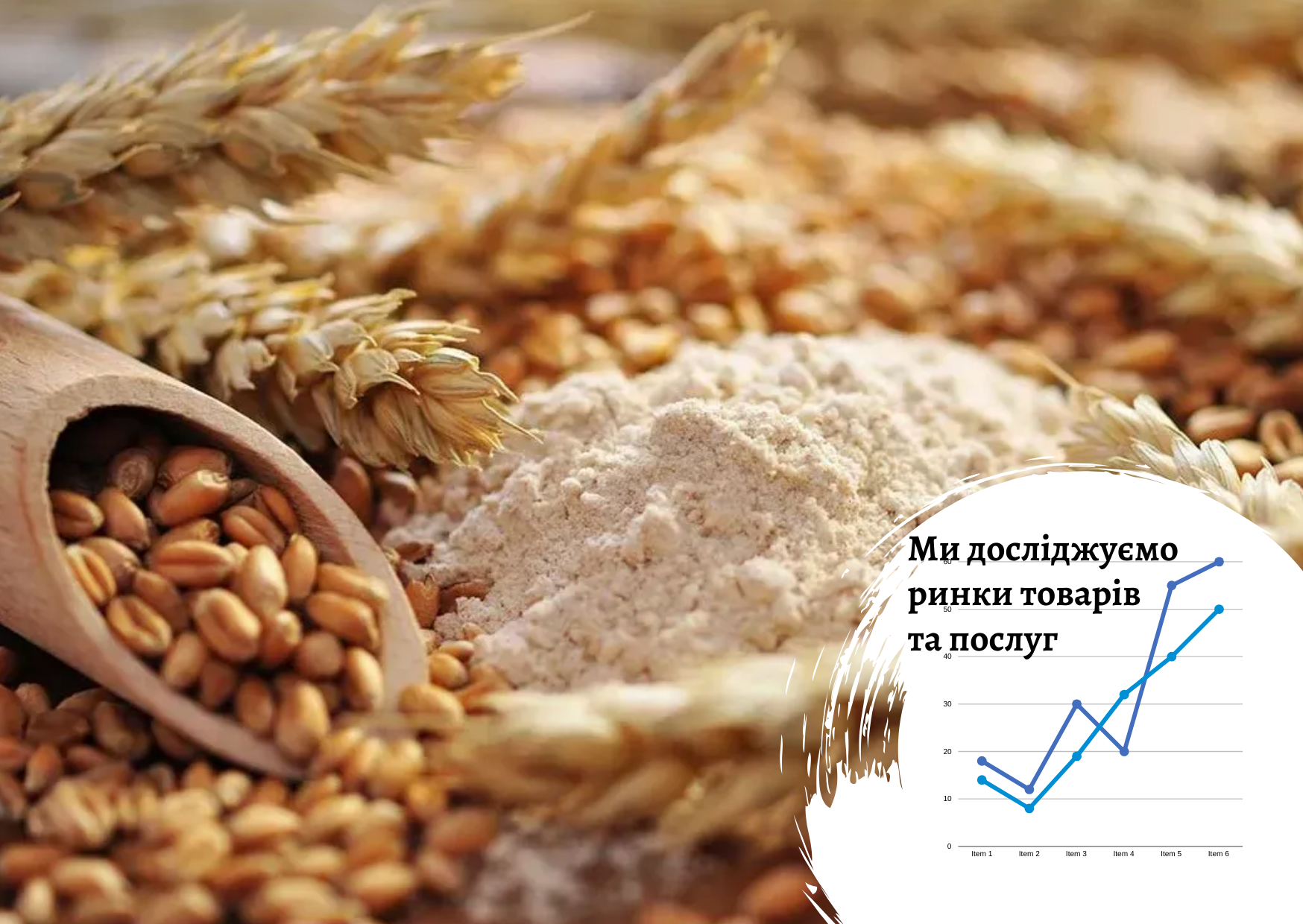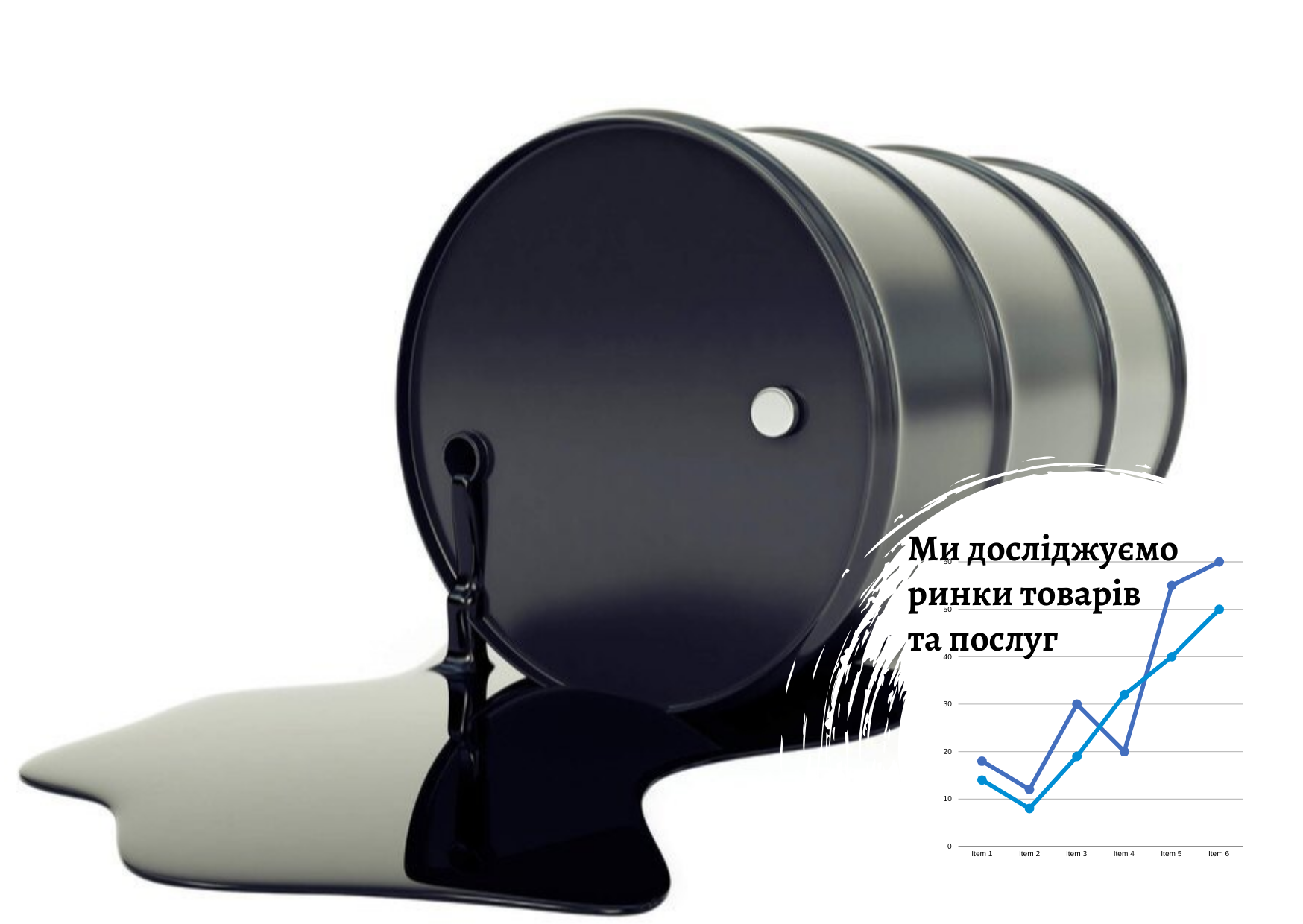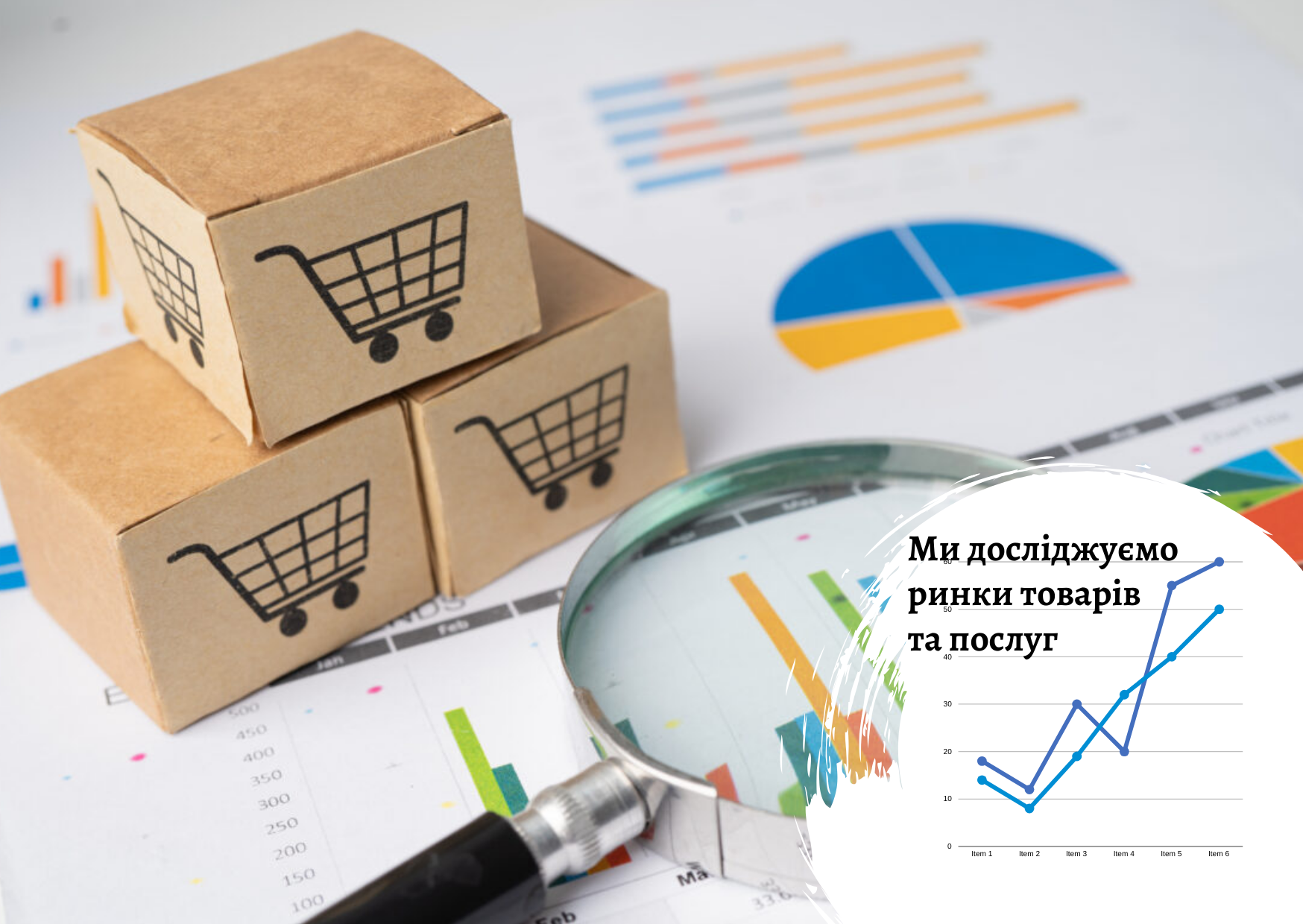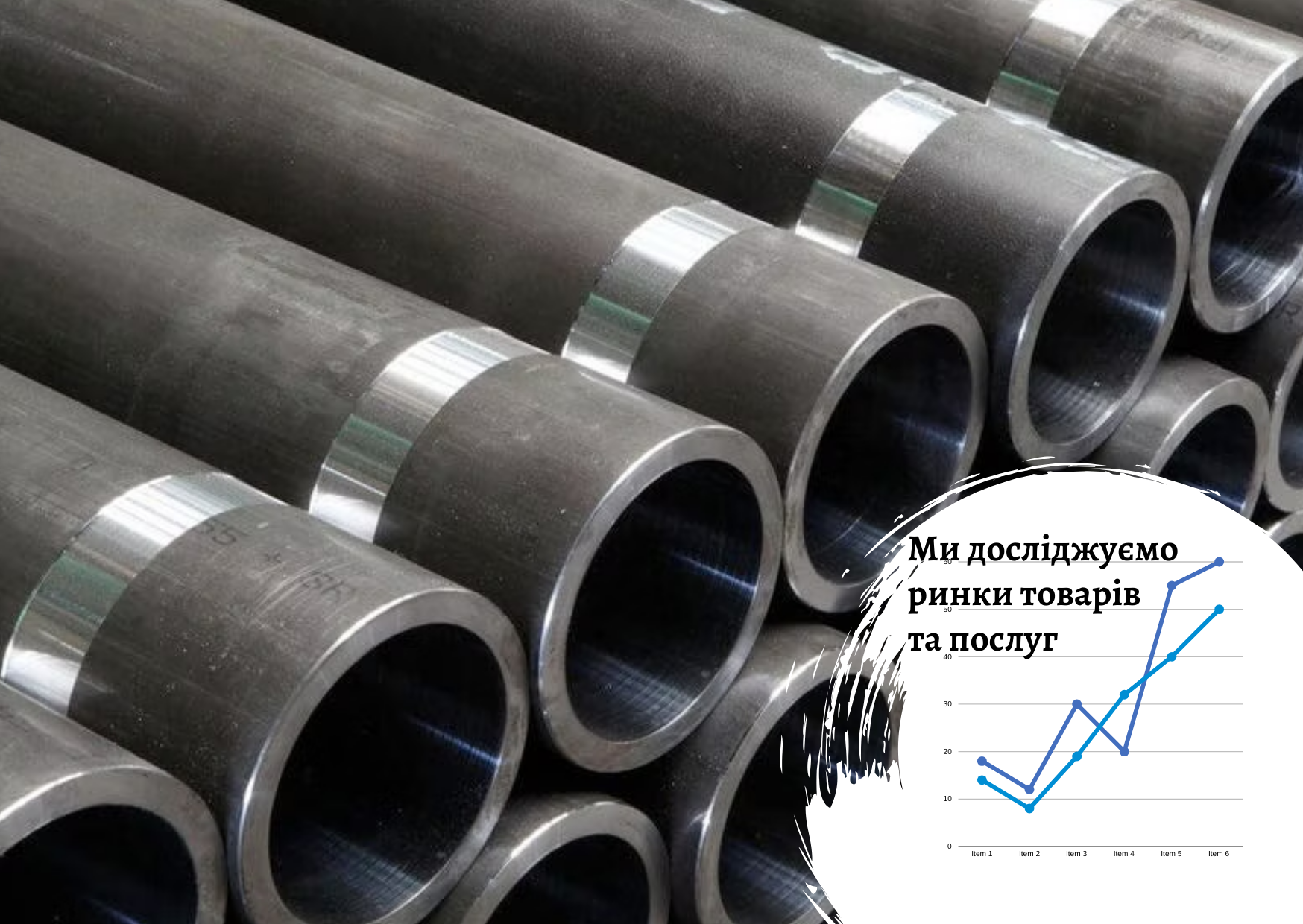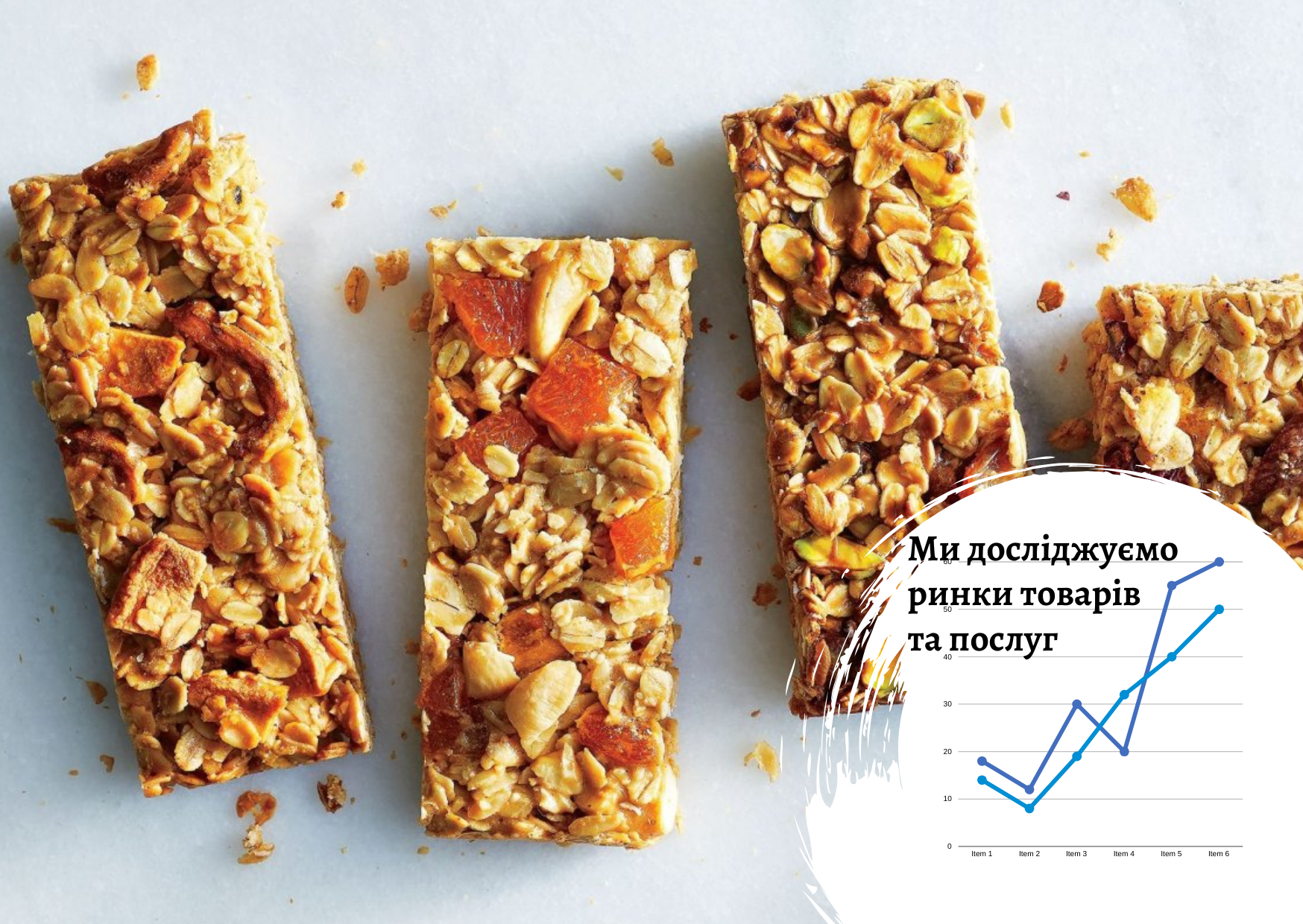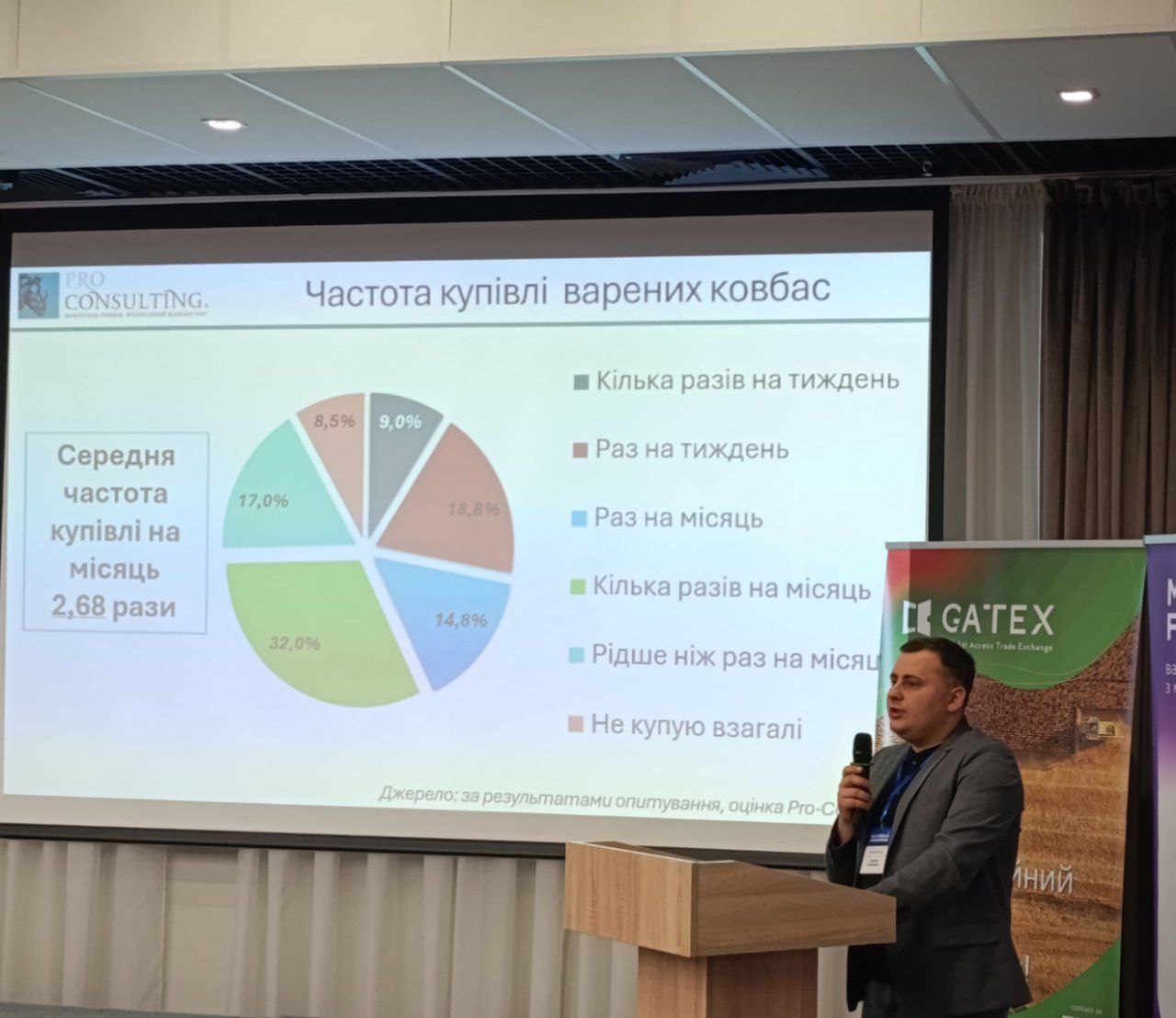1992
Coffee appetite brewing, but far behind Europe - comment of Karina Kotova, analyst of analytical Department, "Pro-Consulting". Kyivpost
Traditions of coffee drinking are still catching up with the rest of the world
Georg Franz Kolschitzky, the western Ukrainian-born merchant credited with opening the first Vienna coffee house in 1683, would be disappointed with his fellow nation.
Several centuries later, coffee drinking traditions in Ukraine are still catching up with Vienna – and the rest of the world.
Takeaway coffees that are common in the West are starting to appear in Ukraine through new networks of cafes, including the Russian Coffee House and Gloria Jeans Cafe networks.
But despite a steady growth of coffee consumption in the last five years, an average Ukrainian still only managed to down 1.37 kilograms of coffee in 2007. That’s about a quarter of what an average European consumed, according to the International Coffee Organization think tank. In Luxemburg, the country with the greatest coffee fans, each resident consumed a whopping 16.7 kilograms of coffee in the same year. Even neighboring Russia consumed more than Ukraine – albeit marginally –1.71 kilograms of coffee per capita in 2007.
“Unlike Europe, the culture of drinking coffee is just arising in Ukraine. There are more traditions in the western parts of the country. But gradually stylish coffee shops appear everywhere, as well as fast food cafes with mandatory attribute – aroma of coffee,” reads a report in the Ukrainian Status newspaper entitled “Coffee-mania the Ukrainian way.”
For now, tea is the hot drink of choice for Ukrainians. According to a 2007 study conducted by the SuperJob web-site, 60 percent of Ukrainians prefer tea to coffee. Only 38 percent said they prefer coffee. Industry participants agree with the statistics.
“Coffee culture comes from the West and develops more and more, while [in Ukraine] tea is considered to be a ‘traditional’ hot drink,” says Iryna Shandarivska, Marketing Director at Kraft Foods Ukraine, one of the biggest coffee sellers in Ukraine.
When Ukrainians do drink coffee, they opt for cheaper instant coffee. According to "Pro-Consulting", a Ukrainian consulting company, in 2007 the nation spent around $700 million on instant coffee and powdered coffee mixes, which amounts to 70 percent of the entire coffee consumption. Green and roasted coffees, the up-market varieties, accounted for 10 and 20 percent of the nation’s coffee consumption, respectively. Shandarivska says instant coffee is quicker and easier to make. And the process is not unlike making tea – something Ukrainians are used to. “Taking into account tea traditions in Slavic countries, instant coffee is in great demand,” she added.
Instant coffee and coffee-based mixes will continue to be best-sellers for many years to come, experts said. According to AC Nielsen, a market research company, consumption in these two segments grew by 6.2 and 18.1 percent respectively year-on-year in 2007. Ground coffee consumption grew by only 3.8 percent in the same time.
“The [instant coffee] segment will continue to be the leader in the next few years,” said Shandarivska.
Karina Kotova, an expert with "Pro-Consulting", predicted that the sales of all types of coffee in Ukraine would top $1.6 billion in 2008. “But it could grow up to $5 billion [eventually], so there is still plenty of room,” Kotova added.
But despite double-digit growth in coffee sales and consumption in the last few years, industry participants and analysts expect sales to slump in 2009. Kotova predicted that the biggest drop will come in the first quarter of 2009.
“There is a drop in consumption, and it’s difficult to make predictions because of the crisis tendencies,” said Regina Ignatenok, general director in Ukraine for Tchibo, a European coffee group.
Almost all of Ukraine’s coffee is imported because coffee beans require a much hotter climate to grow. Ukraine’s admission to the World Trade Organization this year reduced import duties. Consequently, coffee prices are expected to decrease, but not significantly, said Kotova. She said prices will drop by 5 to 8 percent by 2010.
Дата размещения: 12.12.2008
смотреть следующую новость

